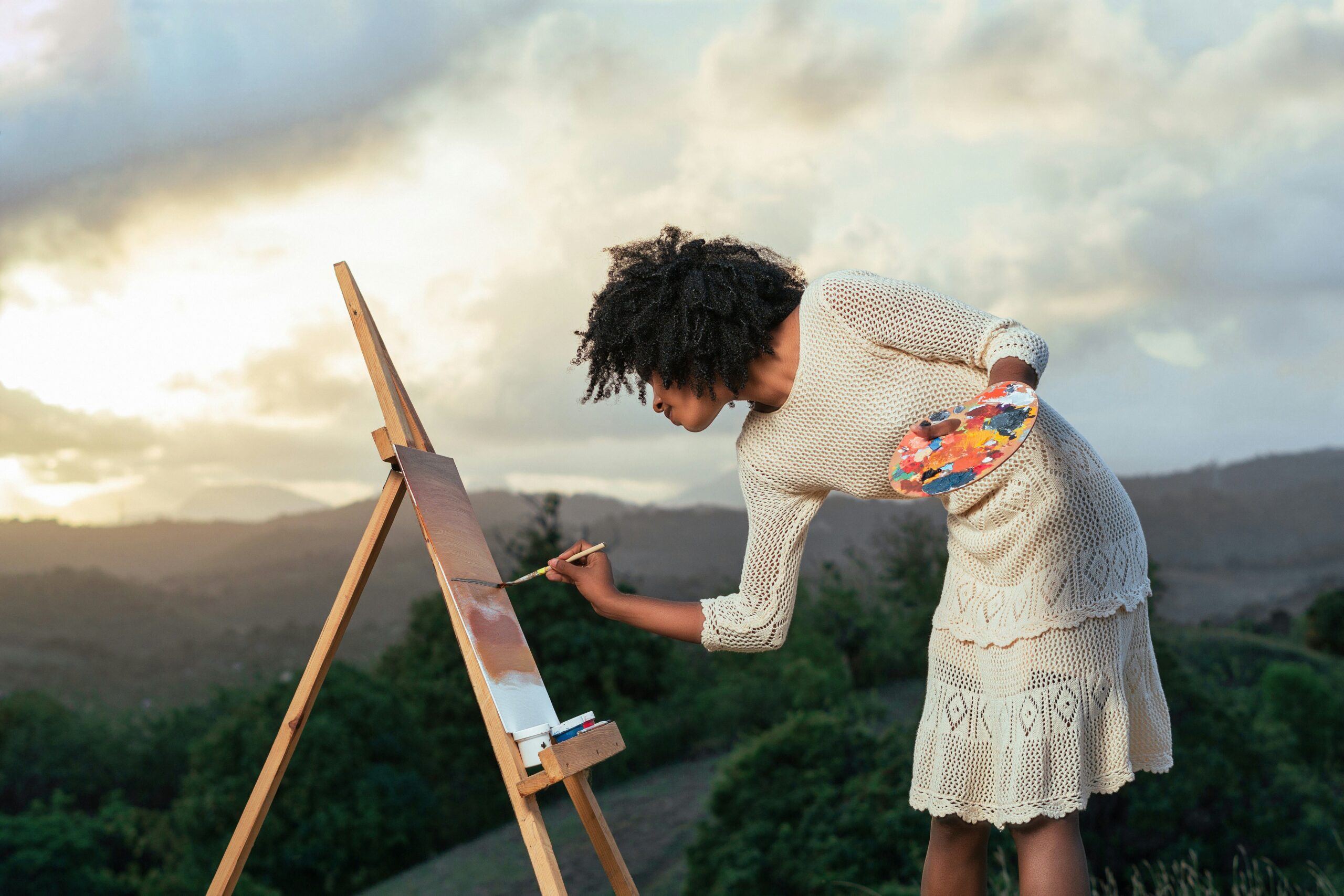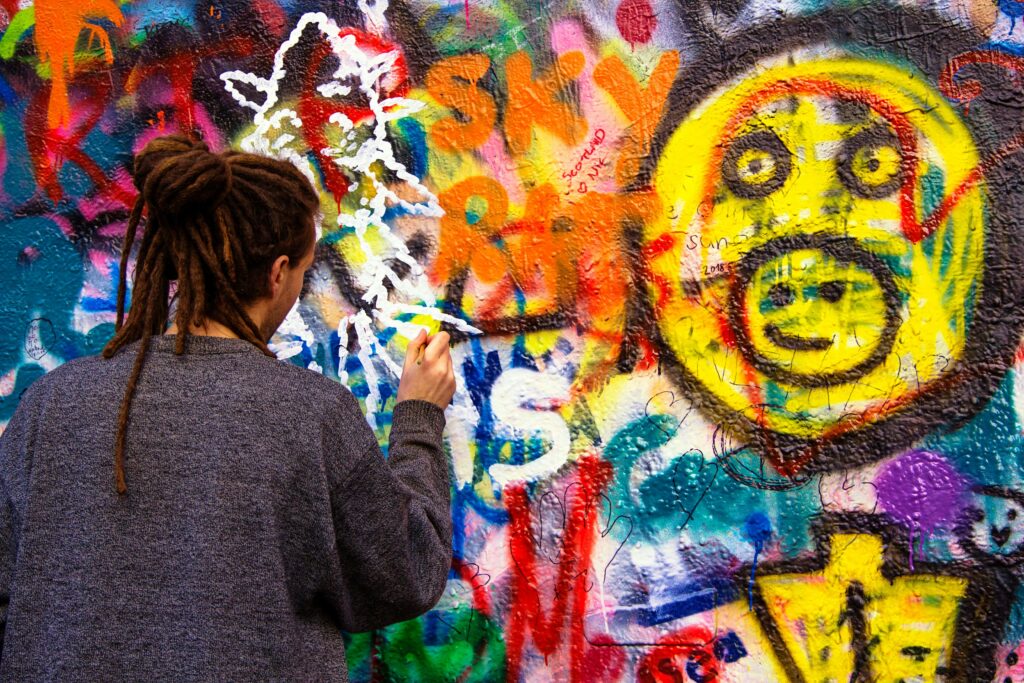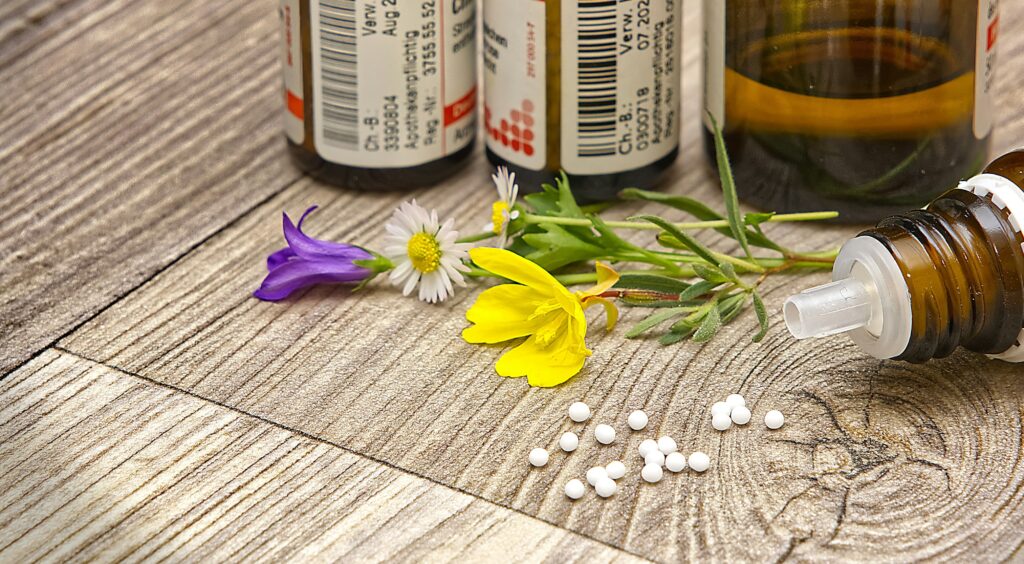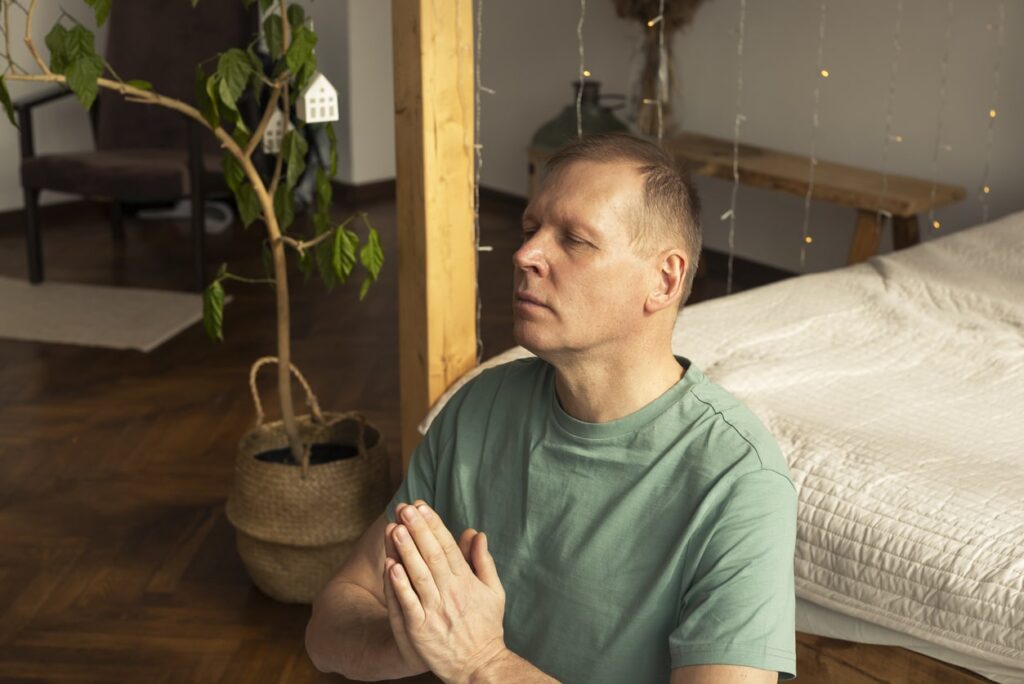Now Reading: How Art Builds Resilience in Recovery: A Path to Healing Through Creativity
-
01
How Art Builds Resilience in Recovery: A Path to Healing Through Creativity
How Art Builds Resilience in Recovery: A Path to Healing Through Creativity

Recovery from addiction, trauma, or mental health challenges is never a straight line. It takes strength, time, and the right support. One powerful tool gaining recognition in recovery spaces is art. Whether it’s painting, drawing, sculpting, or journaling, creative expression helps people process emotions, reduce stress, and discover new parts of themselves. In this article, we explore how art builds resilience in recovery, and why creative practices are becoming a vital part of healing.
Understanding Resilience in Recovery
Resilience is the ability to bounce back from adversity. In recovery, resilience means staying grounded during tough times, managing emotions in healthy ways, and continuing to move forward despite setbacks.
According to the Substance Abuse and Mental Health Services Administration (SAMHSA), resilience is one of the core components of successful recovery. It empowers individuals to handle stress, build coping skills, and stay engaged in their healing journey.
But resilience isn’t just something we have—it’s something we can build. And art is one of the most effective ways to do that.
How Art Builds Resilience in Recovery
Creative expression helps people tap into their emotions and express what words often cannot. Here’s how art builds resilience in recovery in clear and meaningful ways:
1. Art Supports Emotional Expression
In recovery, people often carry deep pain, guilt, or unresolved trauma. Talking about these feelings can be overwhelming. Art provides a non-verbal outlet to process and release emotions.
Painting or drawing can express sadness, anger, hope, or joy without needing to explain it. This emotional release lightens the burden and brings clarity.
Stat: A 2020 study published in The Arts in Psychotherapy found that individuals in recovery who engaged in visual arts reported significantly reduced emotional distress and improved emotional regulation.
2. Art Encourages Mindfulness and Stress Relief
Art naturally brings people into the present moment. Focusing on shapes, colors, and movement helps calm the mind. This mindful focus reduces anxiety and helps regulate the nervous system.
Many people in recovery struggle with stress and emotional triggers. Creating art offers a soothing, productive way to reset and regroup.
Tip: Even 15 minutes of coloring or doodling can have a calming effect on the brain.
3. Art Builds Self-Esteem and Confidence
Recovery often comes with feelings of shame or low self-worth. Completing an artwork, no matter how simple, gives a sense of achievement. It reminds individuals of their creativity and value.
When people create something meaningful, they often feel proud, empowered, and more in control of their lives.
4. Art Tells a Story of Growth
Through art, people can document their healing journey. A series of paintings or journal entries shows where they started and how far they’ve come. This visual timeline strengthens resilience by highlighting progress and perseverance.
Quote: “Art is a way of recognizing oneself.” – Louise Bourgeois

Different Forms of Art in Recovery
There is no one right way to create. The goal is not to make something perfect but to engage in the process. Here are some common art forms used in recovery:
1. Painting and Drawing
Simple tools like pencils, markers, or watercolors can open doors to emotional exploration. Abstract or symbolic art is often used to process trauma.
2. Art Journaling
Combining writing with images allows people to explore thoughts and feelings. It becomes a private space to reflect, grow, and let go.
3. Collage and Mixed Media
Using magazines, photos, and found objects helps people build visual narratives. This technique is especially helpful when words are hard to find.
4. Sculpting and Clay Work
Working with hands can be grounding. Sculpting allows for expression through movement and form, offering a tactile and healing experience.
5. Group Art Projects
Creating art in a group builds connection and shared understanding. It fosters a sense of belonging and community.
Why Art Therapy Is Growing in Recovery Programs
More treatment centers are including art therapy as a standard part of recovery. Trained art therapists guide individuals through exercises designed to promote healing and insight.
Benefits of Art Therapy in Recovery:
- Encourages emotional release in a safe way
- Builds trust and communication
- Promotes self-awareness and insight
- Helps identify triggers and develop coping tools
Stat: A 2021 review in Frontiers in Psychology found that art therapy significantly improved treatment outcomes in addiction recovery, especially when combined with traditional therapies.
Getting Started: No Art Skills Needed
You don’t need to be an artist to benefit from creative expression. Recovery is about the journey, not perfection.
Simple Ways to Start:
- Keep a daily doodle or color journal
- Try painting to music and see how it feels
- Cut out images from magazines to make a mood collage
- Use clay or playdough to shape emotions
The act of creating matters more than the outcome. Every line, shape, or word adds to your healing story.
Final Thoughts
Art is a mirror. It reflects emotions, hopes, and growth. In recovery, it helps people rebuild their identity, cope with pain, and discover inner strength.
When we explore how art builds resilience in recovery, we see that creativity is more than a hobby—it’s a healing force. It supports emotional expression, reduces stress, and empowers people to reclaim their voice and purpose.
If you or someone you love is on a recovery journey, consider adding art to the toolbox. Paint, write, build, and express. Let creativity be your guide toward resilience and recovery.
Sources:
- The Arts in Psychotherapy (2020). Effects of Visual Art on Emotional Regulation in Recovery.
- Frontiers in Psychology (2021). Art Therapy in Substance Use Disorder Treatment.
- Substance Abuse and Mental Health Services Administration (SAMHSA). Recovery Support and Resilience Framework.
























